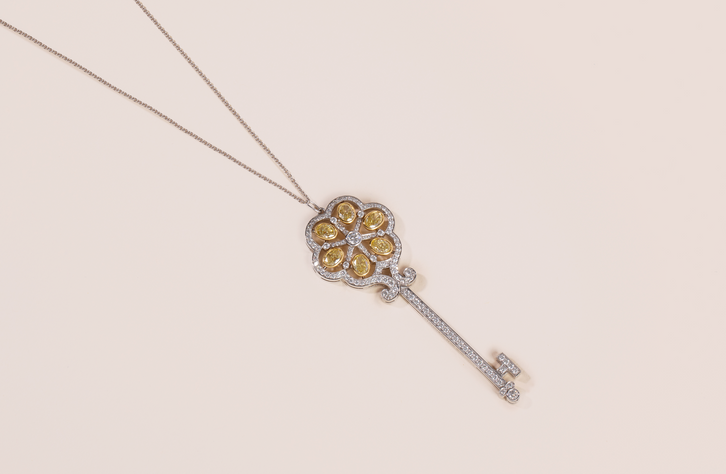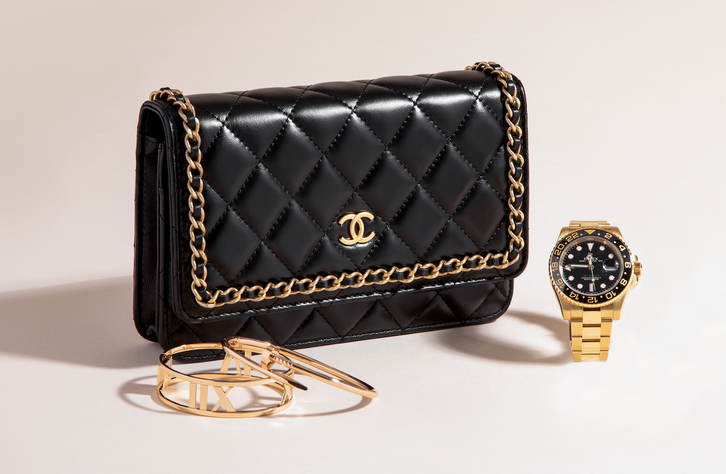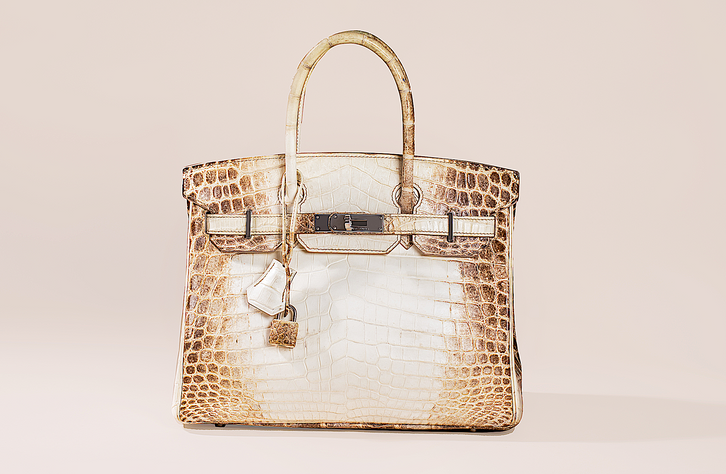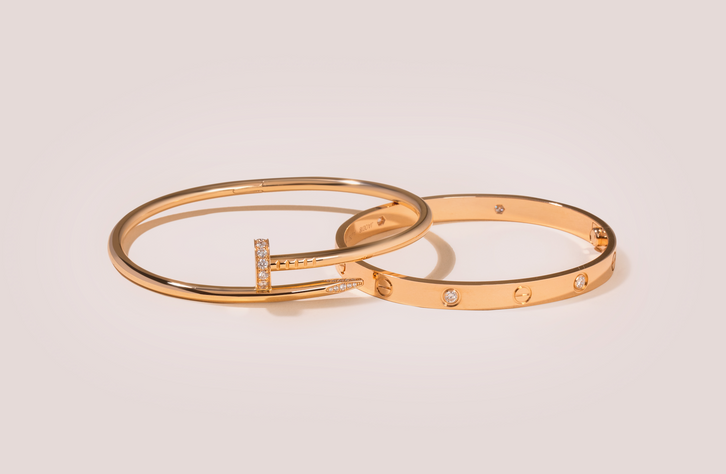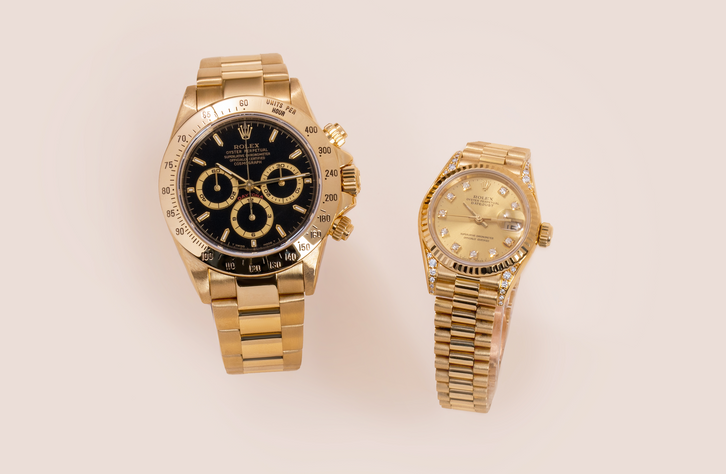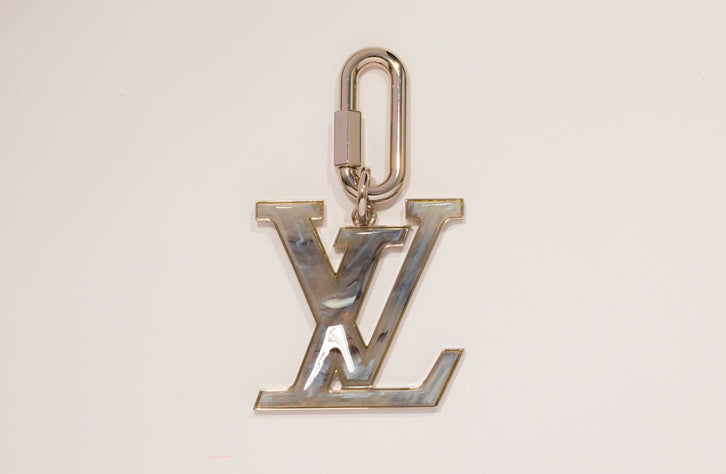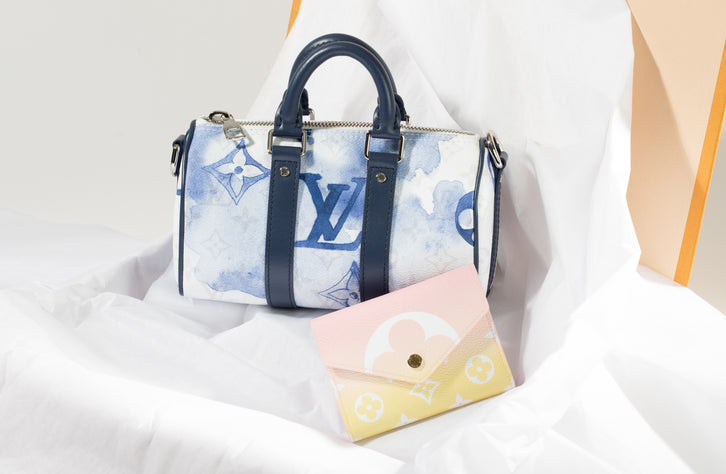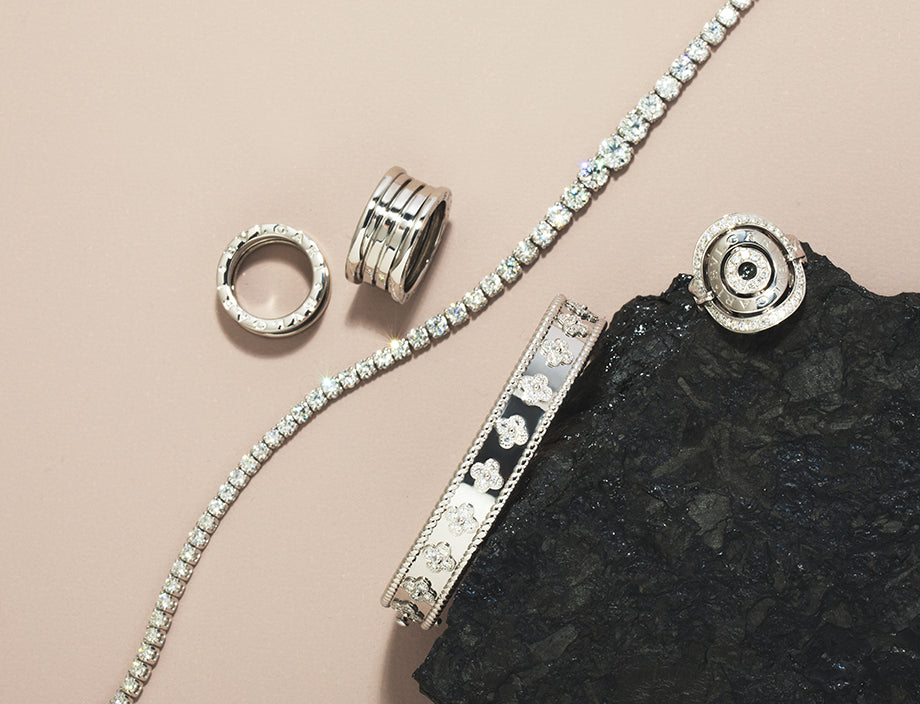The term fast fashion seems to be on everyone’s lips at the moment. You might be talking about it with friends and family, or perhaps you’ve heard about it on the news. A relatively new concept, fast fashion is arguably a product of our overall perception of shopping and clothes. While clothes have become cheaper to produce, production numbers have soared, going above and beyond demand. As we all strive to live more sustainable lives, let’s delve into what fast fashion is and why it’s a problem for our planet.
What Is Fast Fashion?
Good On You, an organization that ranks brands’ sustainability credentials and sheds light on the fashion industry’s impact, has defined what exactly fast fashion is. Good On You writes: ‘Fast fashion can be defined as cheap, trendy clothing that samples ideas from the catwalk or celebrity culture and turns them into garments in high street stores at breakneck speed to meet consumer demand.’
Fast fashion tends to be reflective of a societal need for speed and instant gratification. Low-cost fashion brands look to the latest trends, taken from the catwalk or lesser-known designers, and recreate designs using cheaper materials and fast production. To get a grasp on how fast fashion became so ingrained in modern times, it is important to look at the history of fashion.
Only a couple of centuries ago, clothing production was what we would now consider ‘slow fashion’. Fast fashion can be seen as a direct result of the Industrial Revolution, which took place between 1760 and 1820. This era fundamentally revolutionized the world: introducing mass production and as a result, profound change to the fashion industry. For example, the Industrial Revolution brought us the sewing machine, making dressmakers' jobs easier than ever, but with this came problematic working conditions. In a bid to increase profit, factory owners often prioritized speed of production over workers' health and safety. Fast forward to the ‘90s and ‘00s, widely considered as the peak of fast fashion’s emergence. During these decades, new retailers popped up on the high streets. Brands continued to quickly expand their presence as well as their endless collections.
Why Is Fast Fashion Bad?
There are a number of factors that contribute to the negative effects of fast fashion. The three main pillars are: the environment, workers, and small businesses.
1. Why Is Fast Fashion Bad: For The Environment?
Fast fashion certainly has a devastating impact on the planet. The fashion industry is known to be one of the biggest polluters we face today. There are two key issues that face the environment when it comes to fashion: overproduction and lack of quality.
Overproduction means crops are being taken up in developing countries, using high quantities of both pesticides, as well as using up water supplies. It also means that cheap fabrics are being created, such as polyester, which is made from fossil fuels. Microfibres from synthetics help to add to pollution in our environment, especially in the ocean. This overproduction also results in far too many items of clothing and other fashion accessories ending up in landfills.
Lack of quality is another contributing factor to growing landfills. When an item of clothing is made cheaply in order to quickly churn out new trends, they are not made to survive the test of time or style.
2. Why Is Fast Fashion Bad: For Garment Workers?
When the Industrial Revolution came along, so did sweatshops. These sweatshops did and have continued to cause problems for workers over the years. Dangerous working conditions are overlooked in order to keep costs down. A large number of garment workers' lives have been put at risk, and in tragic cases, lost due to poor working conditions. Many workers are grossly underpaid and overworked in the first place, only to be negatively affected by their working environment. In extreme cases, fires have broken out and hundreds of lives have been taken.
3. Why Is Fast Fashion Bad: For Small Businesses?
What Is Slow Fashion?
Slow fashion is the antithesis of fast fashion. Clothing that preceded the Industrial Revolution would all be considered slow fashion. But how to source 'slow fashion' in this day and age?
Slow fashion involves taking a mindful approach to fashion and style. This could mean thrifting and buying pre-owned or making considered purchases from small businesses with a much lower carbon footprint. It also means steering away from polluting fabrics, such as polyester and other synthetics. Another part of fashion and shopping to take into account is production, if there is any.
What Is Greenwashing?
According to Merriam-Webster, greenwashing is: ‘the act or practice of making a product, policy, activity, etc. appear to be more environmentally friendly or less environmentally damaging than it really is’.
As fashion brands become increasingly aware of the importance of protecting the environment, many have turned to greenwashing in order to support their image as one that is eco-conscious. Laws surrounding greenwashing differ from country to country, with it currently being a bit of a gray-zone issue. However, there have been instances of brands being called out for their greenwashing and facing repercussions from the law.
An example of greenwashing is when brands market their products as sustainable when in reality the items use a low percentage of better materials (such as organic cotton) mixed with a high percentage of synthetic materials (such as acrylic). Another way in which brands may greenwash is by overstating positive moves towards sustainability, while they continue to increasingly pollute.
How To Shop Sustainably
We know that a love for fashion isn’t waning. A recent report by JUV Consulting for Bof saw that 50% of Gen-Zers would count fashion as one of their top three entertainment categories to spend money on. The solution isn’t to stop fashion altogether, as that isn’t practical nor is it realistic. Real solutions that can be implemented are to:
- Browse mindfully - ask yourself, how and where was this made? How much wear will I get out of it?
- Shop pre-owned - not only will you be able to buy better quality for less money, but you are also giving items a new lease of life.
- Buy less & better quality - when it comes to the latest trends, maybe consider which ones match your personal style and will fit into your wardrobe and lifestyle best.
myGemma sells luxury and designer accessories, offering an alternative to buying at retail. The resale market is the most sustainable way to shop and at myGemma, you'll find great quality designer items for a fraction of the price.
As well as shopping sustainably, you can contribute positively to a circular economy by opting to sell your pre-loved accessories. myGemma buys your designer and luxury accessories to give them a longer life. Not only will you get cash for your unwanted designer goods, but you’ll ensure they go to a loving home. The entire selling process can take as little as 24 hours from start to finish. Fill in the online form today to get started.
Where To Shop Sustainably
The best way to shop sustainably is to buy what is already in existence. This limits the need for further production, thereby not causing an increase in fossil fuels and using up valuable resources. You can shop pre-loved by thrifting and buying pre-owned items of quality.
If you’re in the market for accessories, myGemma is your go-to for designer and luxury goods at a lower price point. Whether you’ve got your eyes on a Fendi bag or Saint Laurent sneakers, myGemma stocks an array of designer accessories. Our selection is regularly updated across all categories: jewelry, watches, sneakers, handbags, and more.
All accessories are expertly authenticated by our team, to ensure you are buying genuine designer accessories. It’s the best way to shop with the planet in mind.
